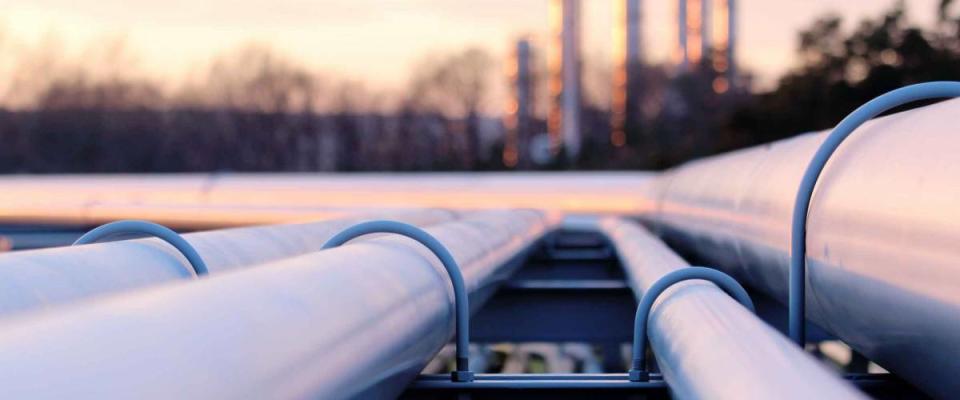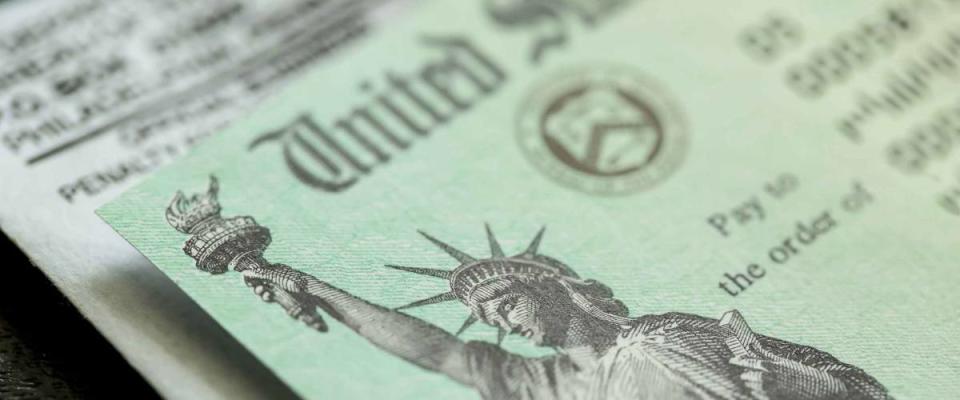6 reasons US gas prices have jumped past $3 for the first time since 2014

Thought gas prices couldn't go any higher? The average cost of a gallon of gasoline just reached a threshold Americans haven't seen in over six and a half years — and prices have kept on going.
With a major pipeline shut down, apparently by a group of Russian hackers, the typical U.S. gas price hit $3.01 per gallon on Wednesday and $3.03 on Thursday, says auto club AAA. It's the first time since October 2014 that prices have jumped past $3.
The pipeline hack has sparked shortages and some hoarding; GasBuddy.com says 7 in 10 North Carolina service stations are out of fuel, according to multiple media reports. But the hacking isn't the only cause of that worsening pain at the pumps.
Here are six reasons the cost of gas is going up, plus predictions for how high prices are likely to go — and tips on ways to save money, to help pay for your costlier fill-ups.
1. Colonial Pipeline hack throttles supply

On Friday, a cyberattack carried out by a group of Russian hackers known as DarkSide brought operations at the largest gas pipeline in the U.S. to a complete standstill. Obviously, that has been a huge deal.
The Texas-to-New-Jersey Colonial Pipeline provides about 45% of the fuel used by the Eastern Seaboard. According to Colonial's own data, each day the pipeline is down removes about 100 million gallons of gas from the marketplace.
Technicians restarted operations late Wednesday afternoon, but Colonial said it would take several days for its delivery system to return to normal. To beat potential fuel shortages, drivers in some states have rushed to fill up — causing service stations to run out of gas.
Though gas prices are going up, mortgage rates remain historically low — meaning if you're a homeowner, one way to offset the rising cost of fuel is by refinancing your home loan. The mortgage data and technology provider Black Knight recently said 13 million homeowners could save an average $283 a month by refinancing.
2. Crude oil prices were already going up

As with gasoline, the cost of crude oil tanked in 2020 while COVID-19 was wrecking economies and stopping people from traveling. To prop up oil prices, the OPEC cartel and its allies slashed oil production.
OPEC has been slow to boost output again, and crude prices have responded by surging higher. After a year of soft prices, West Texas Intermediate crude has been trading around $60 a barrel for months now, and Goldman Sachs expects Brent crude prices to hit $75 by the end of June
OPEC and the allies announced on April 1 that they'd gradually raise production, which could help stabilize prices.
The cartel boosted output to a three-month high during April as Iran cranked up its production to a level not seen since May 2019, according to a survey by Argus Media.
3. Vaccinations are likely to boost travel

As more Americans are vaccinated and life begins to return to something closer to normal, people are likely to drive and fly more. And that activity will contribute to rising fuel costs.
"As COVID-19 impacts continue to subside with improved mitigation and vaccination efforts, vehicle miles traveled will increase, resulting in more gasoline demand," the Energy Information Administration says in its summer fuels outlook.
A good way to fight higher gas costs is by shopping around for lower prices, because what you pay can vary by up to $1 a gallon within the typical metro area, according to GasBuddy.
Also, you might want to consider replacing your vehicle with a more fuel-efficient model. This tax season, you could turn your tax refund into a new set of wheels.
4. Stimulus checks have pumped up spending

Since President Joe Biden signed his $1.9 trillion COVID relief package two months ago, Americans have been receiving a third round of stimulus checks, for up to $1,400 each. The aid was expected to help lift gas prices by prompting consumers to get out and shop.
Goldman Sachs has estimated that $2 trillion in economic stimulus spending over 2021 and 2022 could pump up U.S. oil demand by roughly 200,000 barrels a day. If supplies don't keep up, that higher demand will mean higher fuel prices.
With gasoline already more expensive, another way to balance out those higher costs is by spending less on other purchases.
You might download a free browser add-on that will point you in the direction of lower prices and other savings every time you shop online.
5. The pandemic closed a bunch of refineries

Plummeting fuel sales triggered by COVID had the oil and gas industry reeling last year. By late 2020 there were more than a dozen refinery closures that reduced U.S. production by more than 1 billion barrels per day.
"It's possible some capacity could come back online in the 2022-2023 timeframe, but by and large, we think these closure announcements will mostly prove permanent," Raymond James analyst Justin Jenkins said about the refinery shutdowns in a December report.
U.S. oil and gas producers lost tens of thousands of jobs last year, and laid-off workers were left scrambling to make ends meet.
Many struggling Americans have been leaning on credit cards more than usual, to get by during the pandemic. If that's you, a lower-interest debt consolidation loan can cut the amount you pay in interest charges each month — and help you afford the higher prices at the pump.
6. Summer gas blends cost more

Gasoline that costs over $3 a gallon may be the norm once people start heading out on their summer road trips. Both AAA and GasBuddy had predicted $3-a-gallon gas even before the Colonial Pipeline hack.
In early April, GasBuddy's Patrick De Haan warned we could see "a run at a national average of $3 per gallon in the months ahead."
The forecasts factored in the transition to pricier summertime blends of gasoline. Higher-grade gasoline is used in summer months to reduce emissions that cause smog; those blends can cost up to 15 cents more per gallon, according to the service station trade group NACS.
Looking for ways to save on the cost of driving will be a smart strategy — but, then again, it's always a wise practice. For example, regular comparison shopping for car insurance can save you as much as $1,100 a year, various studies have found.

 Yahoo Finance
Yahoo Finance 